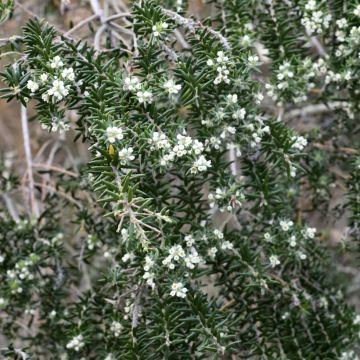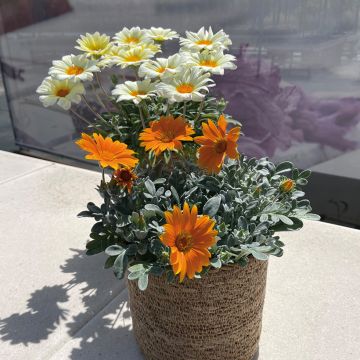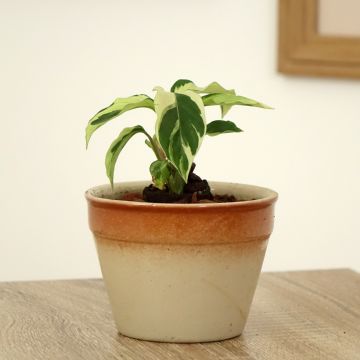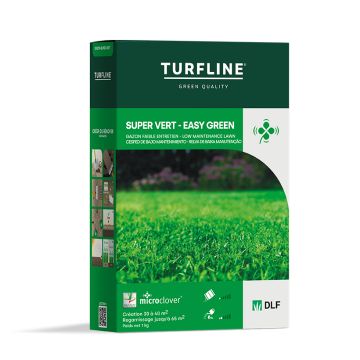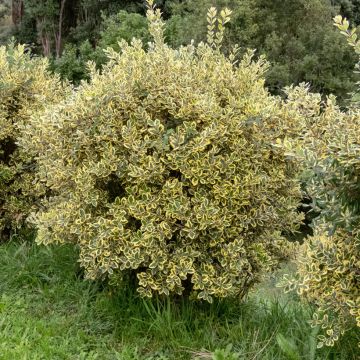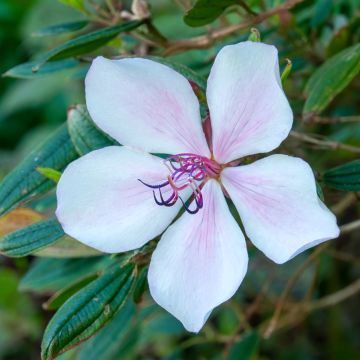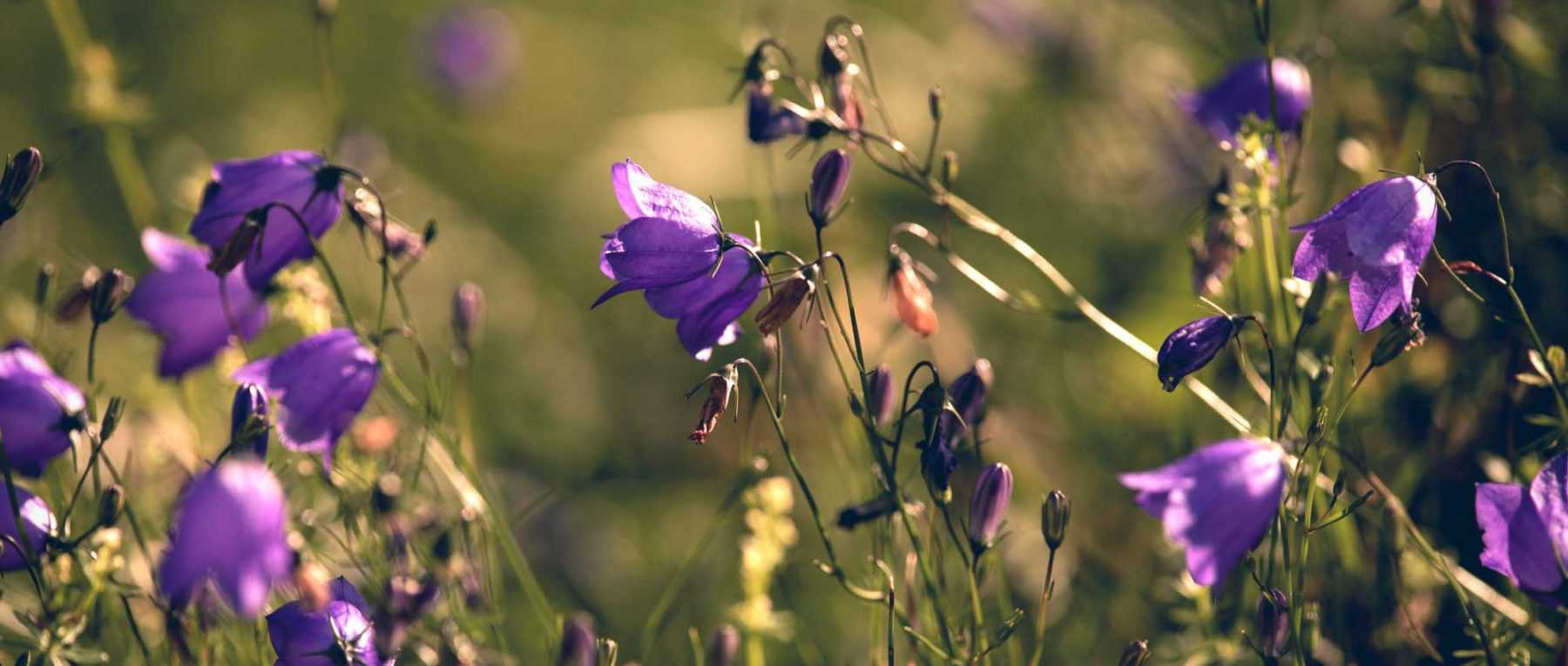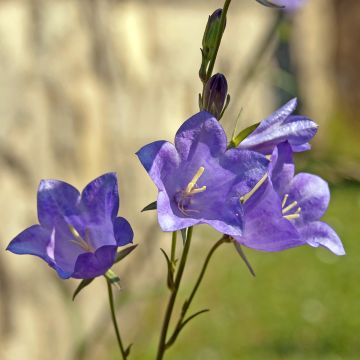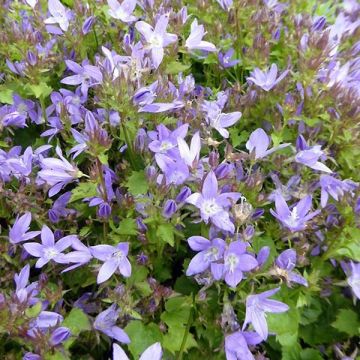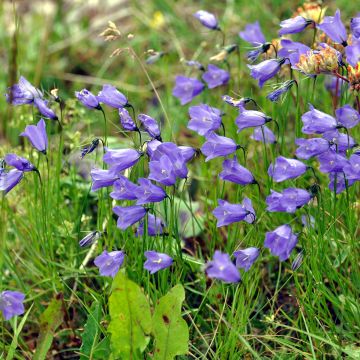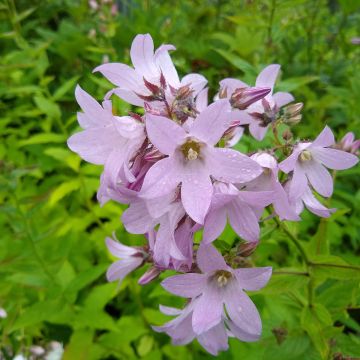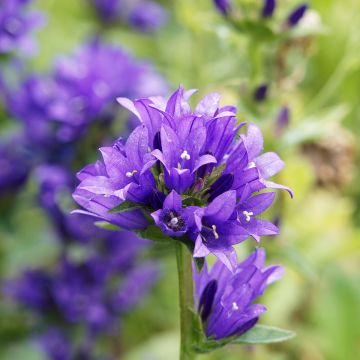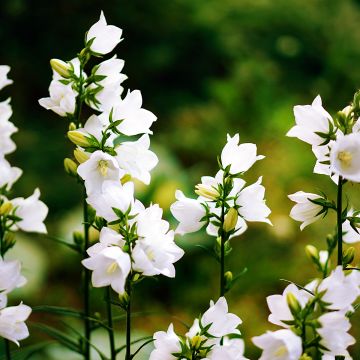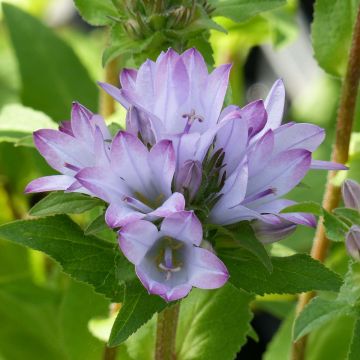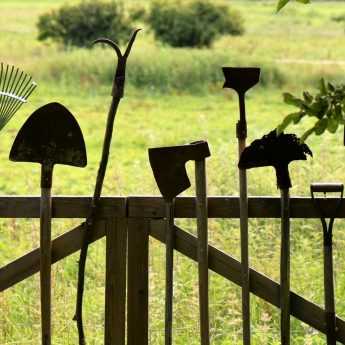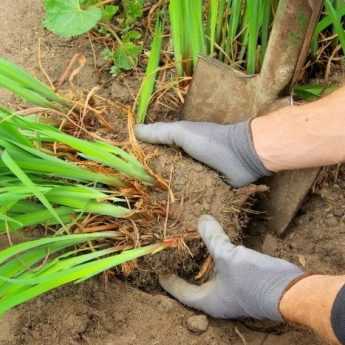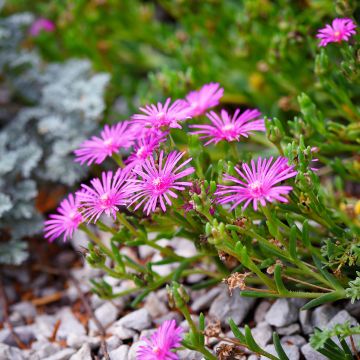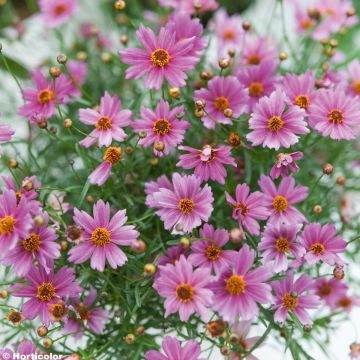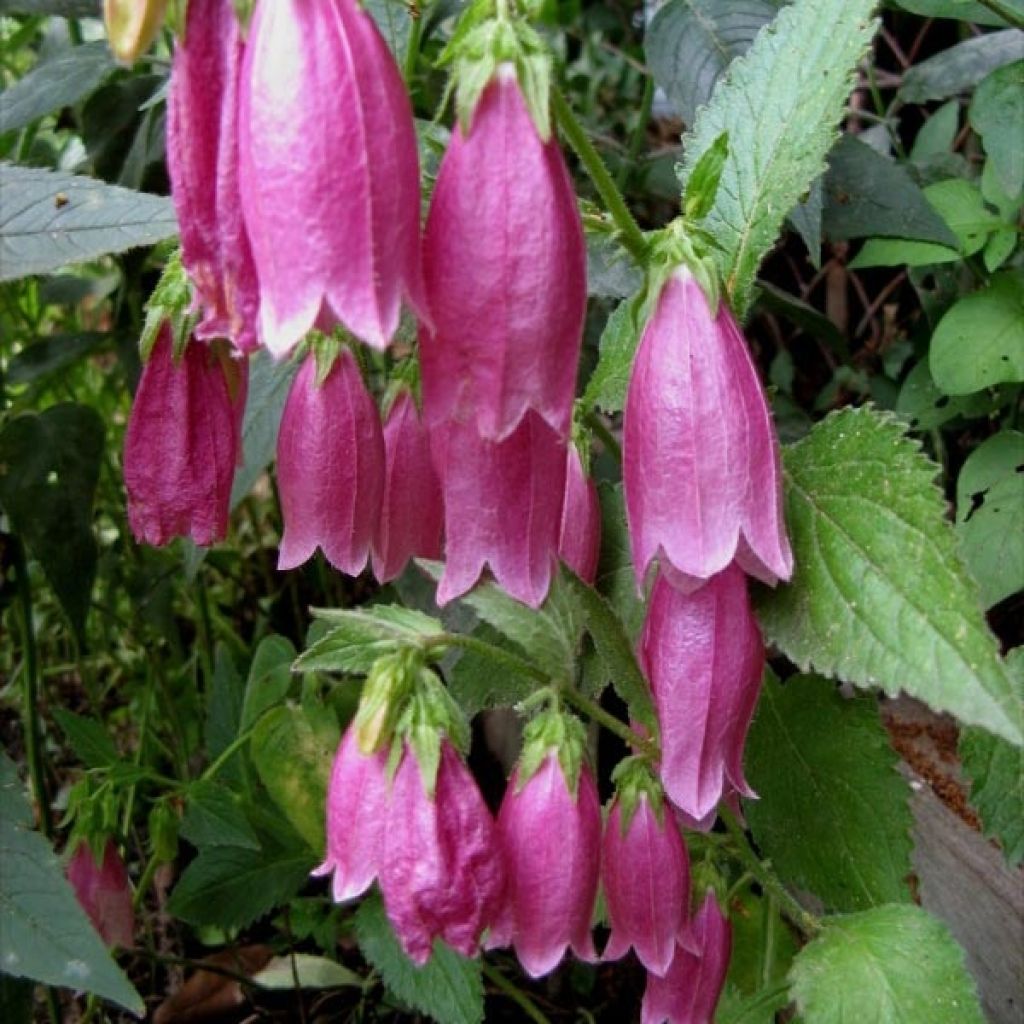

Campanula punctata f. Rubriflora
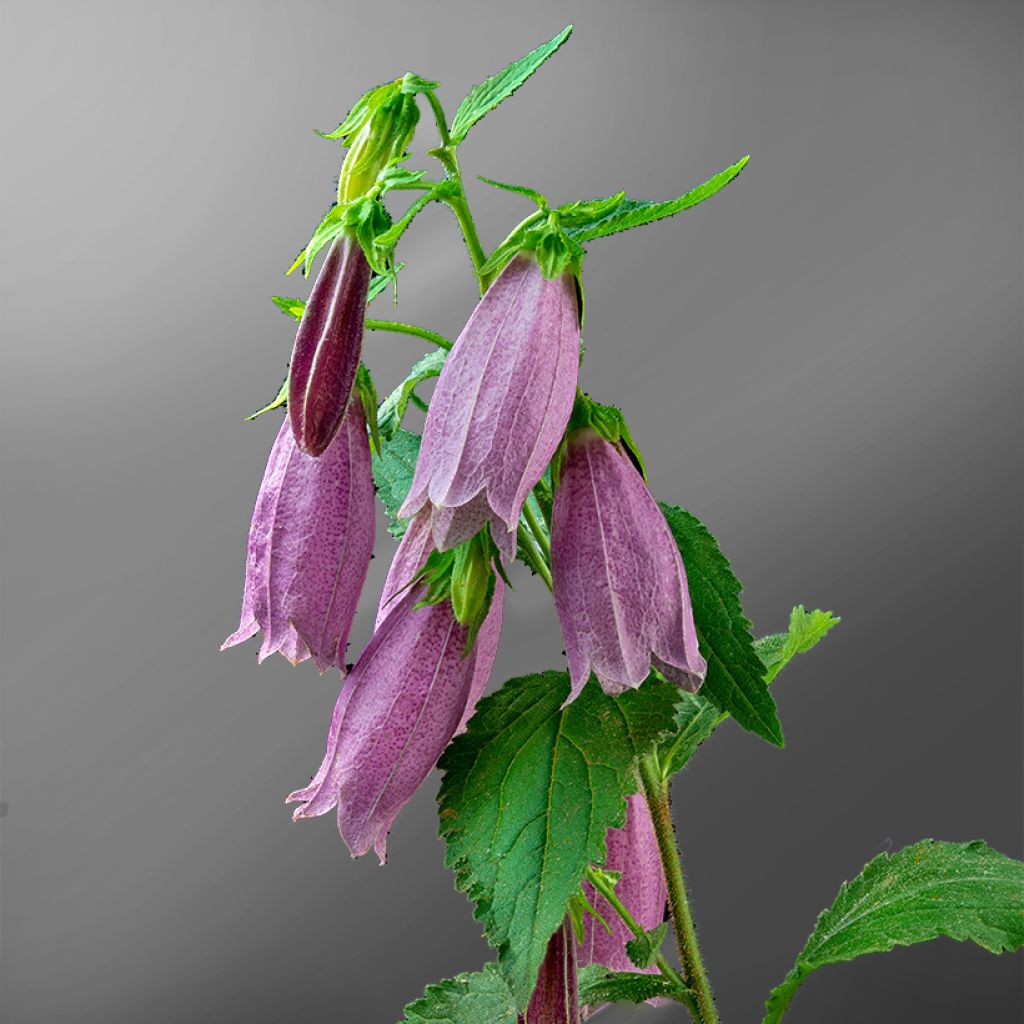

Campanula punctata f. Rubriflora
Campanula punctata f. Rubriflora
Campanula punctata Rubriflora
long-flowered harebell
Why not try an alternative variety in stock?
View all →This plant carries a 12 months recovery warranty
More information
We guarantee the quality of our plants for a full growing cycle, and will replace at our expense any plant that fails to recover under normal climatic and planting conditions.
From €7.90 for pickup delivery and €6.90 for home delivery
Express home delivery from €8.90.
Does this plant fit my garden?
Set up your Plantfit profile →
Description
Campanula punctata 'Rubriflora', or Bellflower, is a beautiful variety with purple-red flowers above shiny dark green foliage. Charming tubular bell-shaped flowers bloom in July-August. This romantic perennial is easy to grow in well-drained, moist soil in full sun or partial shade. Give it a prominent place next to your favourite plants in the garden, or in a pretty pot that you can hang on the terrace or balcony to admire up close.
Campanula 'Rubriflora' belongs to the Campanulaceae family, like Campanula punctata from which it originates. The latter is native to Korea and can also be found in Japan, northern and eastern China, and eastern Siberia, where it grows in sunny mountains. The 'Rubriflora' variety has a clump-like habit, reaching about 40 cm (16in) in all directions. It spreads through short underground rhizomes, from which upright leafy stems rise. In early summer, it produces beautiful elongated bell-shaped flowers that are 5 cm (2in) long. The flowers of this variety are very refined, dark purple-red and satiny, almost white at the edge of the corolla. They continue to bloom until September if you remove the faded stems in summer. The foliage is deciduous but persists for a long time before disappearing. It is shiny dark green, strongly veined, and slightly hairy. The floral stems are also hairy and reddish-brown, contrasting beautifully with the dark red hanging bell-shaped flowers. The leaves take on a more purple hue in autumn.
'Rubriflora' bellflower is easy to grow, preferring bright exposures and moist, rich, and well-drained soils. When it is happy, it moderately produces suckers. In a wild or romantic style garden, pair it with perennial geraniums, English roses, Polemonium, and ornamental garlic. It also performs very well in pots and its romantic and delicate flowers are perfect for bouquets.
Campanula punctata f. Rubriflora in pictures
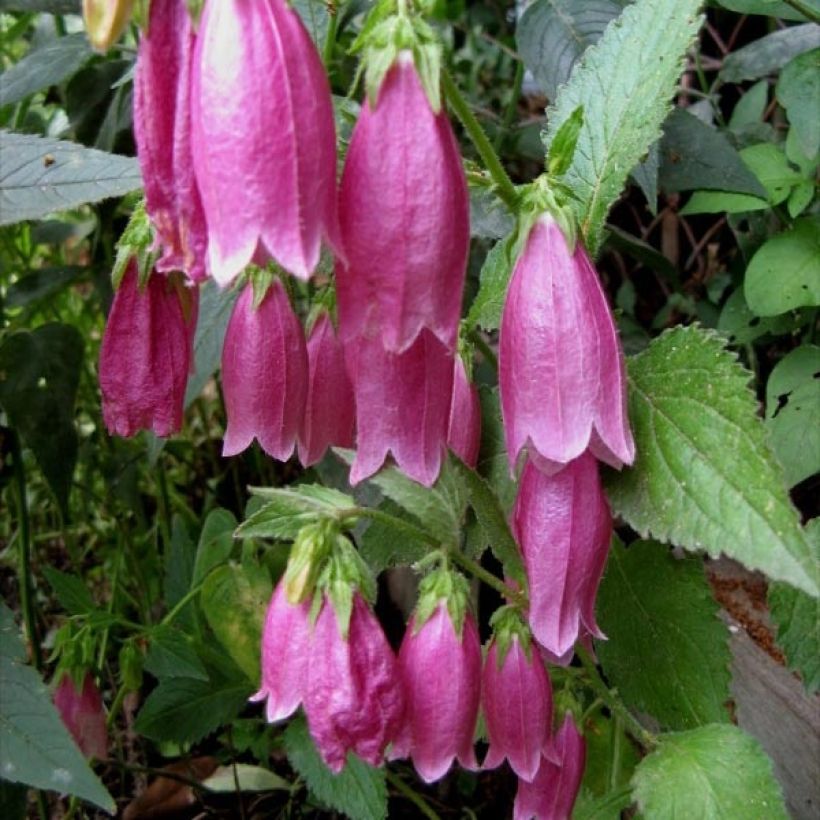

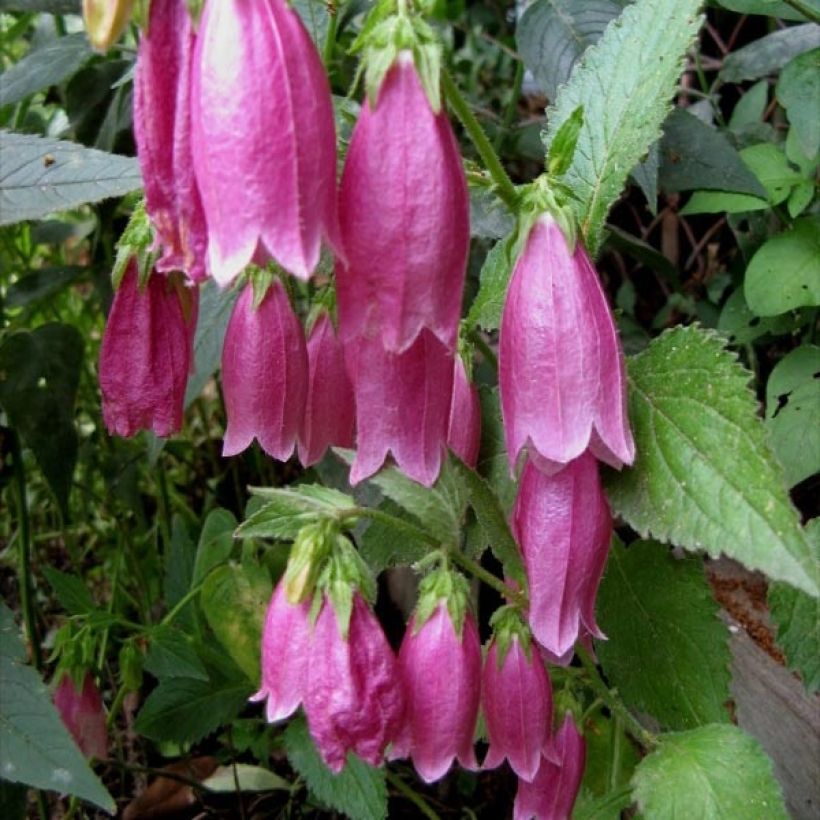

Flowering
Foliage
Plant habit
Botanical data
Campanula
punctata
Rubriflora
Campanulaceae
long-flowered harebell
Cultivar or hybrid
Other Campanula - Bell Flower
View all →Planting and care
Plant Campanula puntata 'Rubriflora' in a sunny spot in rich and moist soil, even limestone, well-drained and deeply dug. In heavy soil, incorporate leaf compost into the planting soil. Do not rely on the size of the plant in the pot staying the same: give it the space you would give to a small bush, as it grows fast! Prune the stems after flowering to promote the appearance of new flowers in September. In containers, apply organic fertilizer at least once a year.
Planting period
Intended location
Care
Planting & care advice
This item has not been reviewed yet - be the first to leave a review about it.
Summer flowering perennials
Haven't found what you were looking for?
Hardiness is the lowest winter temperature a plant can endure without suffering serious damage or even dying. However, hardiness is affected by location (a sheltered area, such as a patio), protection (winter cover) and soil type (hardiness is improved by well-drained soil).

Photo Sharing Terms & Conditions
In order to encourage gardeners to interact and share their experiences, Promesse de fleurs offers various media enabling content to be uploaded onto its Site - in particular via the ‘Photo sharing’ module.
The User agrees to refrain from:
- Posting any content that is illegal, prejudicial, insulting, racist, inciteful to hatred, revisionist, contrary to public decency, that infringes on privacy or on the privacy rights of third parties, in particular the publicity rights of persons and goods, intellectual property rights, or the right to privacy.
- Submitting content on behalf of a third party;
- Impersonate the identity of a third party and/or publish any personal information about a third party;
In general, the User undertakes to refrain from any unethical behaviour.
All Content (in particular text, comments, files, images, photos, videos, creative works, etc.), which may be subject to property or intellectual property rights, image or other private rights, shall remain the property of the User, subject to the limited rights granted by the terms of the licence granted by Promesse de fleurs as stated below. Users are at liberty to publish or not to publish such Content on the Site, notably via the ‘Photo Sharing’ facility, and accept that this Content shall be made public and freely accessible, notably on the Internet.
Users further acknowledge, undertake to have ,and guarantee that they hold all necessary rights and permissions to publish such material on the Site, in particular with regard to the legislation in force pertaining to any privacy, property, intellectual property, image, or contractual rights, or rights of any other nature. By publishing such Content on the Site, Users acknowledge accepting full liability as publishers of the Content within the meaning of the law, and grant Promesse de fleurs, free of charge, an inclusive, worldwide licence for the said Content for the entire duration of its publication, including all reproduction, representation, up/downloading, displaying, performing, transmission, and storage rights.
Users also grant permission for their name to be linked to the Content and accept that this link may not always be made available.
By engaging in posting material, Users consent to their Content becoming automatically accessible on the Internet, in particular on other sites and/or blogs and/or web pages of the Promesse de fleurs site, including in particular social pages and the Promesse de fleurs catalogue.
Users may secure the removal of entrusted content free of charge by issuing a simple request via our contact form.

































